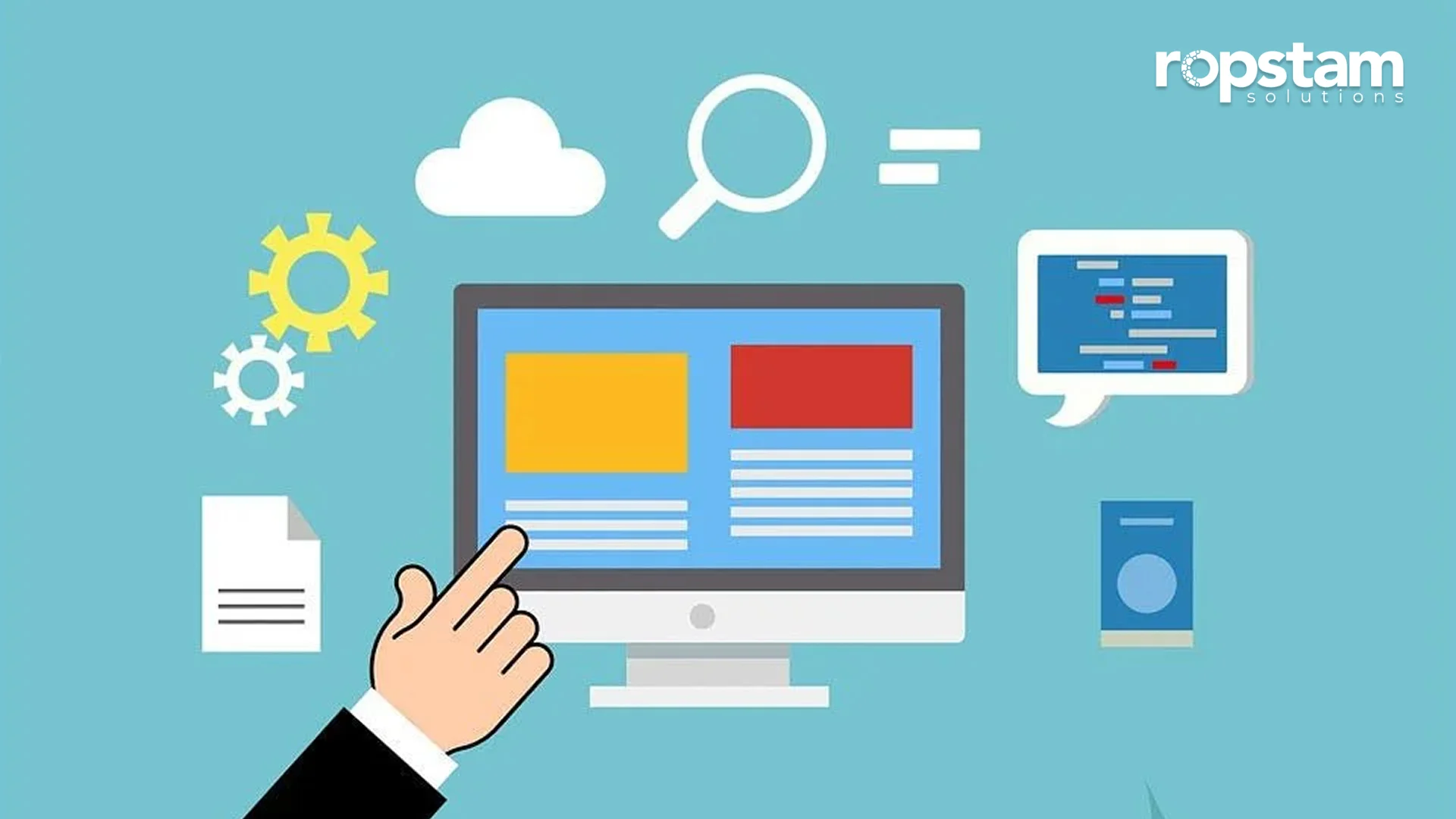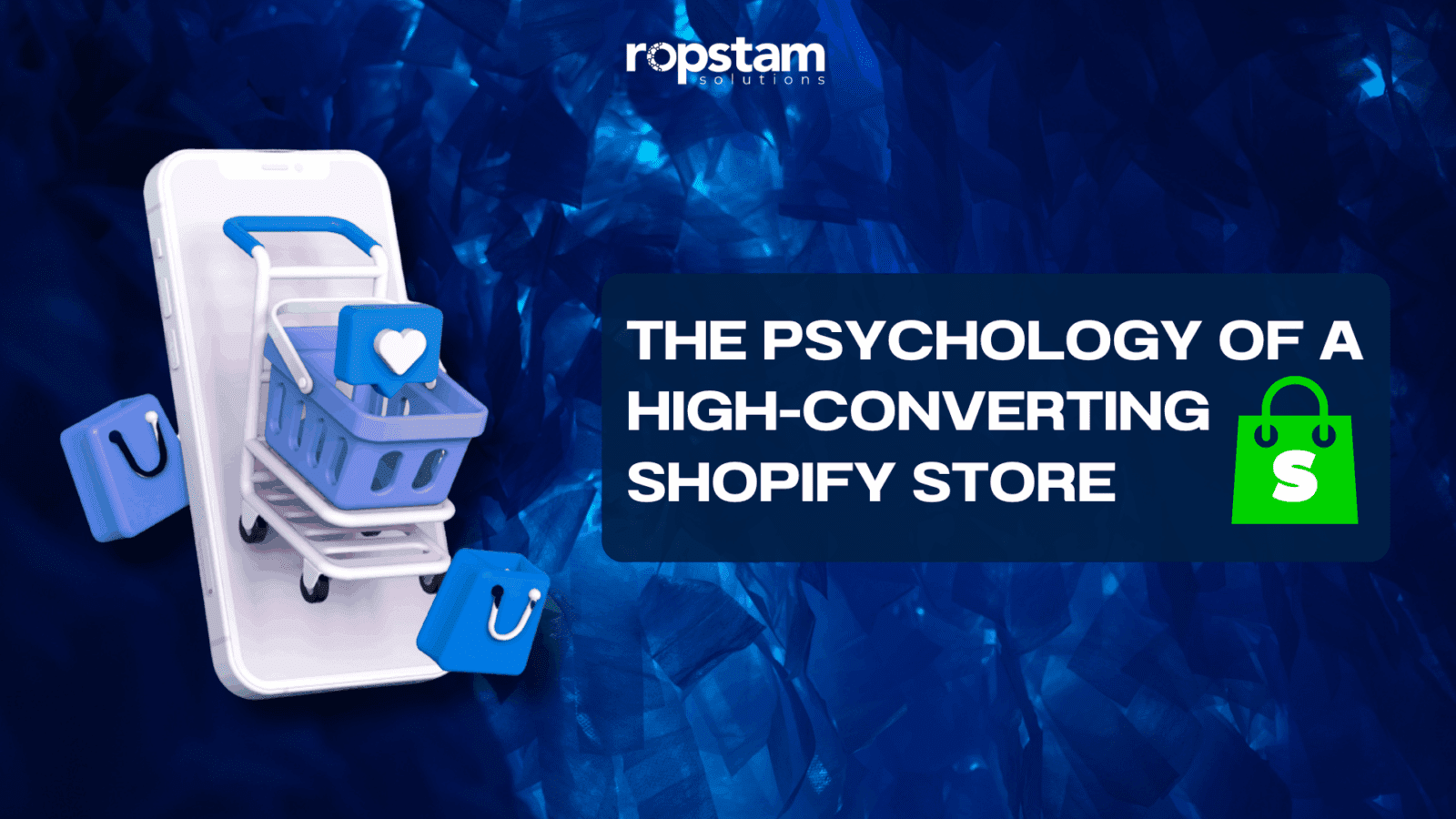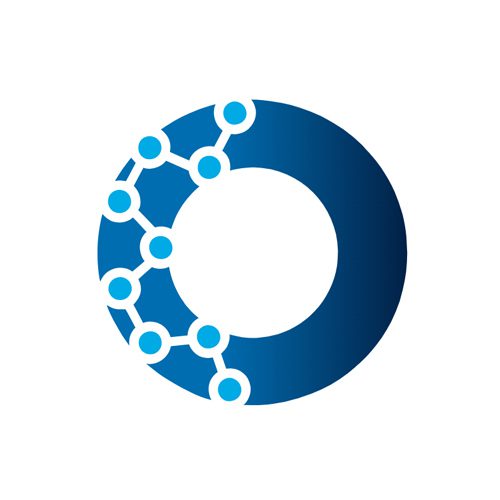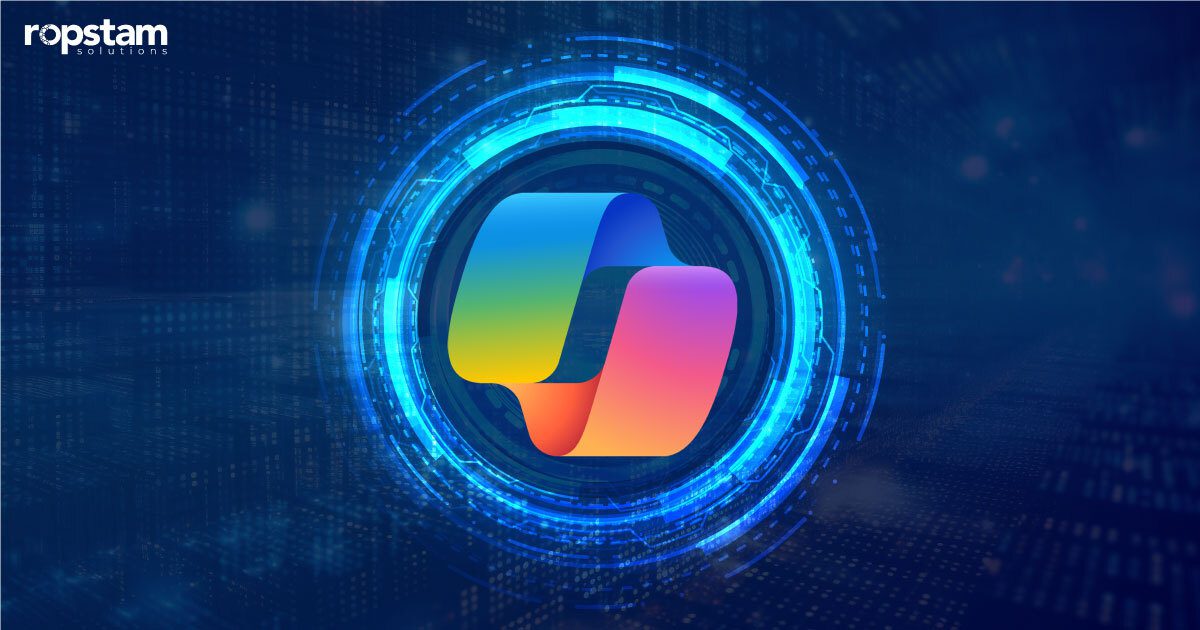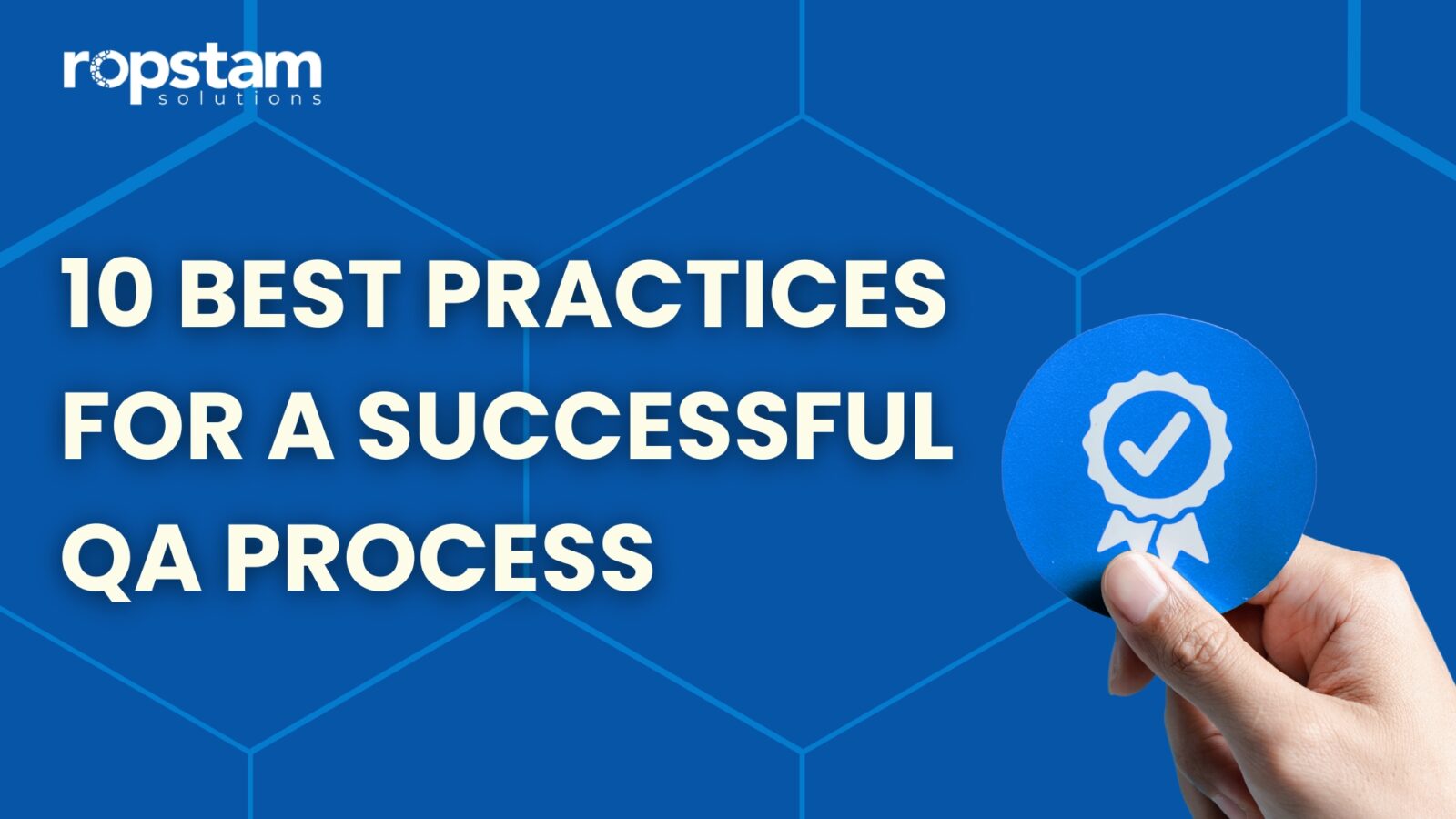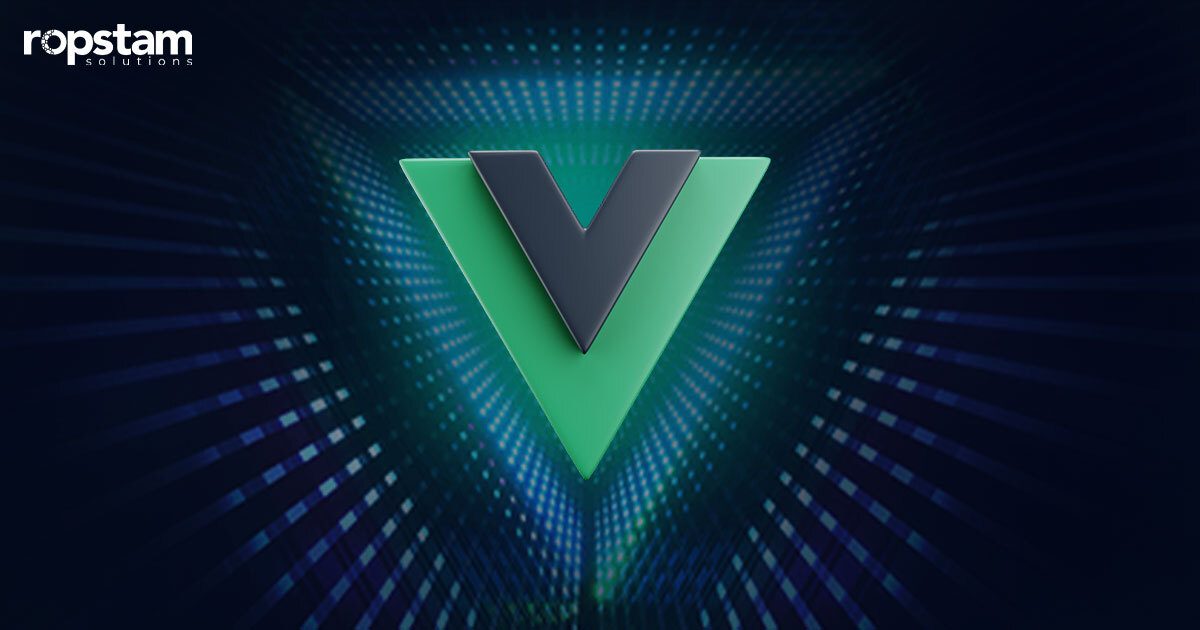Authentication and authorization are fundamental components in the development of secure web applications. In the context of the MERN stack—comprising MongoDB, Express.js, React, and Node.js—implementing these features effectively ensures that users can securely access resources and that sensitive data remains protected. This comprehensive guide delves into the intricacies of authentication and authorization within MERN stack applications, providing insights into best practices and advanced techniques.
Understanding Authentication and Authorization
Before diving into implementation details, it’s crucial to distinguish between authentication and authorization, as they serve distinct purposes in application security.
What is Authentication?
Authentication is the process of verifying the identity of a user. It ensures that users are who they claim to be, typically through credentials like usernames and passwords. In MERN applications, authentication is often managed using JSON Web Tokens (JWTs), which facilitate stateless and scalable user sessions.
What is Authorization?
Authorization, on the other hand, determines what an authenticated user is permitted to do within the application. It involves setting permissions and access controls to ensure users can only access resources appropriate to their roles. Implementing robust authorization mechanisms is vital for maintaining data integrity and enforcing business rules.
Implementing Authentication in MERN Stack
Establishing a secure authentication system involves several key components, including backend verification, password management, and integration with third-party services.
Backend Authentication with Node.js and Express
The backend serves as the cornerstone of the authentication process. Using Express.js, developers can create routes to handle user registration and login. Upon successful login, the server generates a JWT containing user-specific information, such as the user ID and role. This token is then sent to the client and stored securely, often in HTTP-only cookies to mitigate cross-site scripting (XSS) attacks.
Secure Password Storage with MongoDB
Storing passwords securely is paramount. Before saving user credentials to MongoDB, passwords should be hashed using algorithms like bcrypt. Hashing transforms the password into an irreversible string, ensuring that even if the database is compromised, the original passwords remain protected. During login, the provided password is hashed and compared to the stored hash to verify authenticity.
Social Logins and OAuth Integration
To enhance user convenience, many applications offer social login options through platforms like Google or Facebook. Integrating OAuth 2.0 allows users to authenticate using their existing social media accounts. This process involves redirecting users to the third-party service for authentication and receiving an access token upon successful login. The application then uses this token to access user information and establish a session.
Implementing Authorization in MERN Stack
Once users are authenticated, it’s essential to control their access to various parts of the application based on their roles and permissions.
Role-Based Access Control (RBAC)
RBAC is a common strategy for managing user permissions. Users are assigned roles, such as ‘admin’ or ‘editor,’ each with specific access rights. These roles are stored in the user’s profile and included in the JWT. Middleware functions in Express.js can then verify the user’s role before granting access to protected routes.
Protecting Frontend Routes in React
On the client side, React Router can be configured to restrict access to certain routes based on the user’s authentication status and role. By checking the JWT stored in cookies or local storage, the application can determine whether to render a component or redirect the user to a login page. This ensures that unauthorized users cannot access restricted areas of the application.
Advanced Topics in MERN Security
Beyond basic authentication and authorization, advanced security measures can further protect your application from potential threats.
Token Expiration and Refresh Strategies
JWTs typically have an expiration time to reduce the risk of token misuse. Implementing a refresh token mechanism allows users to obtain a new access token without re-authenticating. The refresh token, stored securely, is used to request a new access token when the original expires, maintaining a seamless user experience while enhancing security.
Protecting APIs and Endpoints
Securing API endpoints involves verifying the JWT in each request. Middleware functions can extract the token from the request headers or cookies and validate it before processing the request. Additionally, implementing rate limiting and input validation can prevent abuse and protect against common attacks like SQL injection and cross-site request forgery (CSRF).
Testing and Debugging Authentication and Authorization
Ensuring the reliability of your authentication and authorization systems requires thorough testing and debugging.
Unit Testing Auth Functions
Writing unit tests for authentication functions helps verify that each component behaves as expected. Testing scenarios include successful and failed logins, token generation and validation, and access control enforcement. Utilizing testing frameworks like Jest can streamline this process.
Debugging Auth Flows
Debugging involves monitoring the authentication flow to identify and resolve issues. Tools like Postman can simulate API requests to test endpoints, while browser developer tools can inspect cookies and local storage. Logging errors and monitoring server responses also aid in diagnosing problems.
Conclusion
Implementing robust authentication and authorization mechanisms in MERN stack applications is essential for securing user data and enforcing access controls. By leveraging JWTs, secure password hashing, and role-based access control, developers can create scalable and secure applications. Advanced strategies like token refresh mechanisms and thorough testing further enhance the application’s resilience against potential threats. As security is an ongoing concern, staying informed about best practices and emerging technologies is crucial for maintaining the integrity of your applications.

